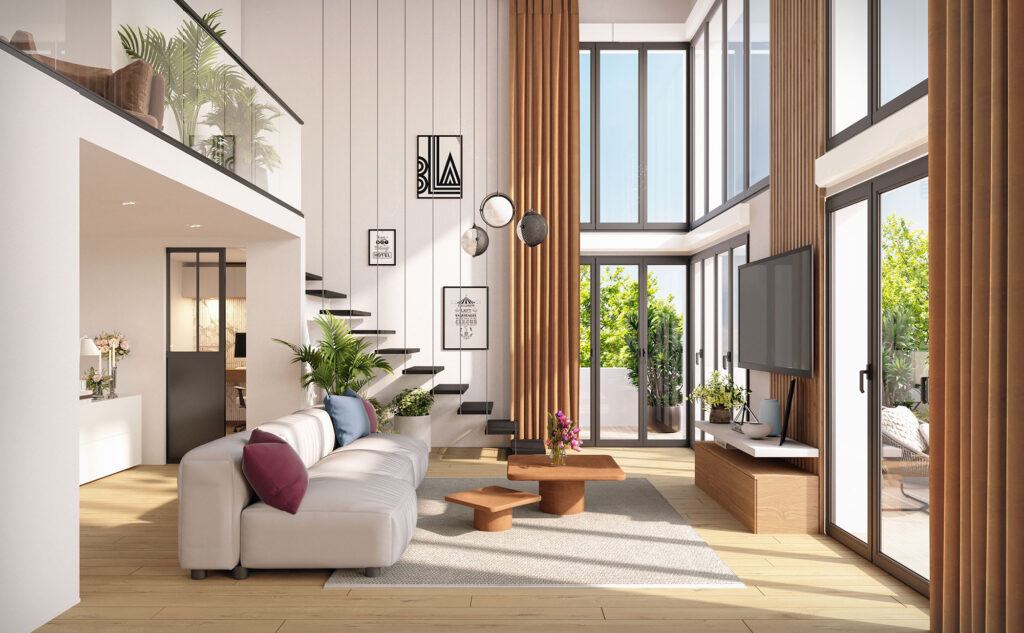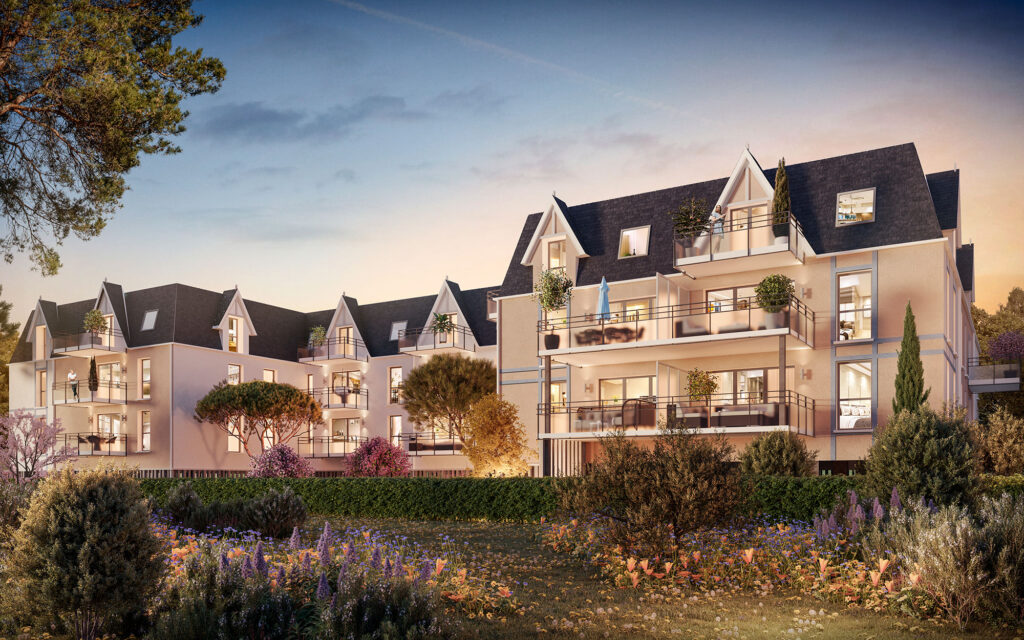Every day, real estate professionals have a duty to find the right tools and strategies to seduce and satisfy potential buyers.
Always on the lookout for the latest technologies to improve their services, they have never ceased to seek more transparent, livelier and, above all, more precise presentation techniques for architectural concepts.
Fortunately, all these efforts pay off when you consider the importance of precision in real estate project management. Find out more in this article.
What are the solutions for achieving precision in 3D real estate models?

Before highlighting all the advantages offered by precision in 3D real estate models, a look at the techniques for achieving it is in order. There are two main ways to achieve such precision.
3D scanning: from a real object to a precise digital representation
3D scanning, also known as 3D digitizing, is a technique for capturing the shape of an existing object using a 3D scanner, and then creating a digital version of it.
During this process, a computer-generated image is created using detailed data such as texture, shape, volume and color of the scanned object. Since its inception, this technique has been applied to a wide range of objects: vehicles, works of art, but above all, buildings.
Today, the market is suggesting more sophisticated, accurate and high-quality digitizing methods that can be put to good use in all real estate projects. These include
- Photogrammetry : this consists of reconstructing a precise relief of the same scene, based on different angles.
- 3D scanning by laser triangulation: a laser beam is projected and its trajectory studied. Analysis of its deviations reveals the shape of the 3D scanned surface.
- Structured light : this adopts the same principle as laser scanning, except that the light is projected onto the surface to be scanned, enabling deformations to be studied.
- Contact 3D scanner : the scanner measures the surface by touching it, and deduces the information needed to model the 3D model.
3D modeling: obtain detailed three-dimensional models of buildings and worksites
By definition, 3D modeling is a computer graphics technique that uses 3D software to create three-dimensional models of objects or surfaces. Construction and architecture are among the sectors that have benefited most from the advantages of this method.
CAD and BIM software are the main tools for 3D modeling.
- CAD software: A first on the market, CAD software (or computer-aided design software) facilitates the building design process, producing better-quality drawings in less time. CAD adopts automated processes, enabling engineers and architects to calculate the quantity of materials required for construction or renovation.
- BIM software : BIM software (or Building Information Modeling software) is more advanced software that complements CAD software. In fact, in addition to its 3D digital drawing design function, it provides precise information by annotating or labeling each element of the building. By zooming in and clicking on any of these elements, you'll discover, among other things, the material used, its manufacturer, its durability, the cost and duration of installation, and the order in which it should be installed in relation to the rest of the building.
What are the technical advantages of precision in 3D real estate models?
In any architectural undertaking, the importance of precision lies not only in the aesthetics of the structure, but also in the ability to guarantee the functionality and safety of the construction.
Design and construction optimization
The precision offered by 3D renderings gives architects a much clearer vision of the spatial relationships, dimensions and overall flow of their project.
In addition, any necessary design changes will be incorporated into the single BIM model and shared with all stakeholders throughout the project. This reduces the amount of work and speeds up the entire project design phase.
When it comes to building construction, these details guarantee total transparency on all aspects of the project. Thanks to BIM, for example, you can ask your partners to help you visualize the building's progress at every stage of construction.
This will enable you to keep track of costs and deadlines, updated as changes are made to the project.
Facilitating future work
Most of the time, the detailed data set is obtained from 3D scanner scanning. If you combine this procedure with laser scanning and advanced cameras, you'll be able to create what's known as a digital twin.
You can then incorporate actual physical data into your BIM model, such as area and element quantity tables, component-related product data sheets and so on.
This will enable you to test any adaptations to your building by first trying them out on its digital twin.
You'll be able to visualize the timetable and cost of the various changes to be made to your property, making it easier to operate, respond to environmental issues and anticipate any future work.
Smooth communication between stakeholders
In any real estate, construction or architectural project, seamless communication between all stakeholders is vital.
Indeed, the complex nature of these projects requires designers, architects, contractors and customers to be in sync and grasp all the subtleties with equal clarity.
Traditionally, 2D plans, sketches and verbal explanations formed the backbone of design discussions.
However, these elements often left room for misunderstandings in the respective interpretations, as a contractor might perceive a design element differently from a customer, while the spatial layout envisaged by an architect might not be perceived by a designer.
Such disparities can lead to costly setbacks during the execution phase. Precise 3D renderings of houses are therefore an effective way of alleviating this problem and improving communication between stakeholders.
What is the financial benefit of precision in 3D real estate models?

Alongside the technical and aesthetic advantages of precision in 3D real estate models, there's one of the most subtle, but also the most profound: its cost-cutting potential.
Cost control through anticipation
The financial implications of precision should not be underestimated. With the 3D scanner, for example, it's possible to carry out a 3D survey, i.e. to take precise 360° measurements of all types of building. Thanks to this technique, you'll be able to determine precise surfaces, which will be useful for controlling material orders (number of light fittings, radiators, air conditioning equipment, etc.), limiting site delays, and preparing for the various hazards of construction.
Profitability through error reduction
The 3D model is a solution that makes it easier to spot potential problems and inconsistencies. Rectifying design flaws after construction disrupts the agreed schedule and drives up the budget. Thanks to the precision of 3D rendering, you can avoid such pitfalls and save money.
Costly rectifications during construction are reduced or even avoided, thanks to preventive identification of design faults or inconsistencies. A proactive approach that guarantees a cost-effective construction process.
Need help with the precise, detailed 3D design of your real estate project?








